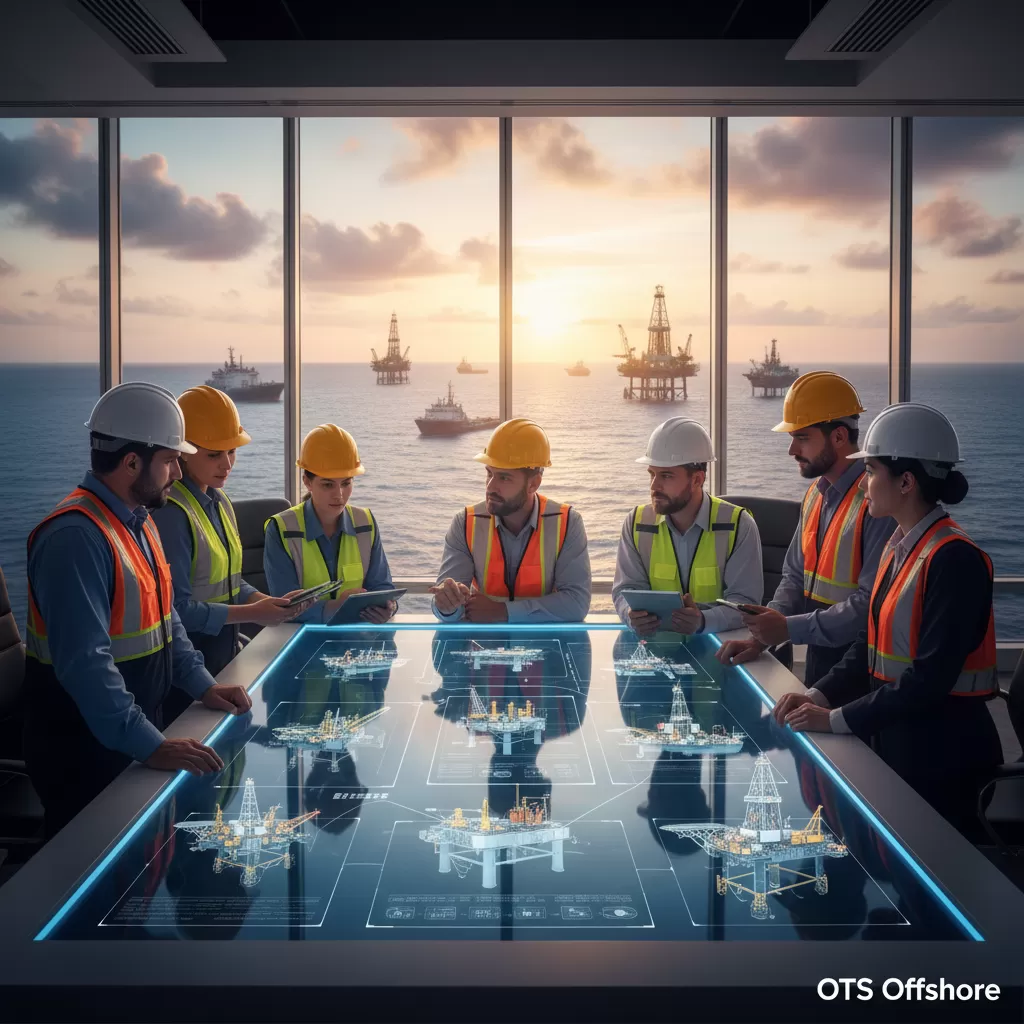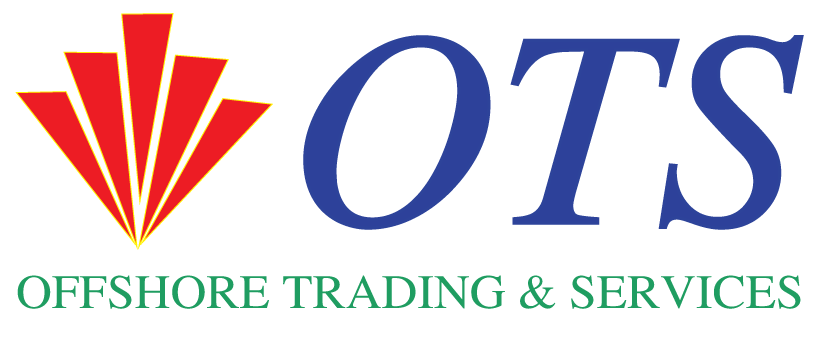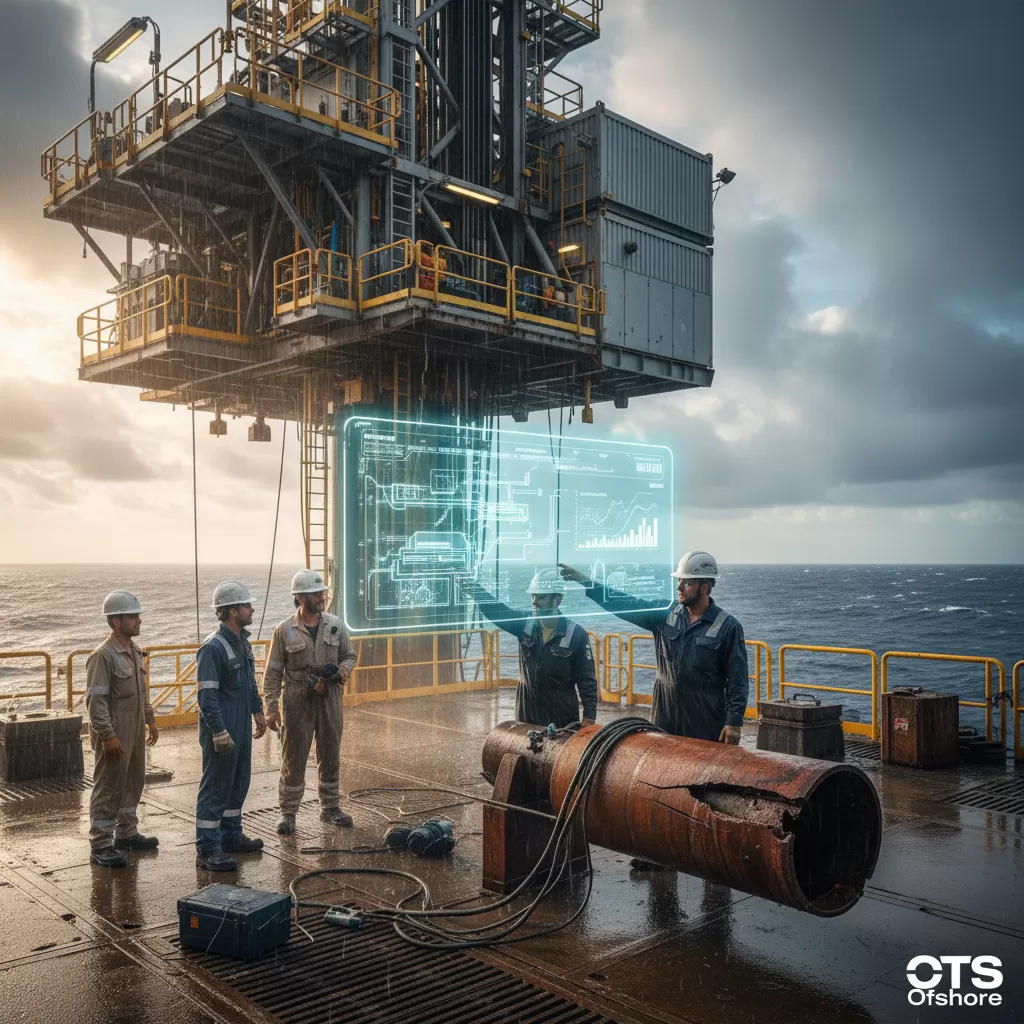Choosing the right drilling rig type is a critical decision in hydrocarbon exploration and production, directly impacting project economics, safety, and operational efficiency. This article delves into the Main Technical Issues that must be meticulously evaluated to ensure optimal rig selection for diverse subsurface conditions and project objectives.
Main Technical Issues in Drilling Rig Type Selection: A Comprehensive Analysis
The selection of a drilling rig is a cornerstone decision in any oil and gas exploration or production campaign. It’s a process fraught with complexity, where a multitude of Main Technical Issues must be carefully weighed to ensure project success. The appropriate rig type not only dictates the efficiency and cost-effectiveness of drilling operations but also plays a paramount role in maintaining safety standards and mitigating environmental risks. Misjudging the technical requirements can lead to costly delays, inefficient operations, and potential safety hazards. Therefore, a thorough understanding of these Main Technical Issues is indispensable for geoscientists, drilling engineers, and project managers alike. This analysis aims to provide an in-depth exploration of the key technical considerations that shape the choice of drilling rig, offering insights crucial for informed decision-making in the upstream petroleum industry.
Understanding Subsurface Challenges: The Foundation of Rig Selection
The geological characteristics of the target reservoir are the primary determinants influencing drilling rig selection. These subsurface challenges encompass a wide spectrum of conditions, each necessitating specific rig capabilities.
Reservoir Depth and Formation Properties
The anticipated depth of the target reservoir is a fundamental factor. Deeper wells require rigs with greater hoisting capacity, higher pressure ratings, and enhanced power generation. The lithology of the formations to be penetrated also dictates the type of drill bits, drilling fluid, and overall drilling strategy, which in turn influences the rig’s specifications. Hard, abrasive formations might require more robust drill string components and specialized mud systems, placing additional stress on the rig’s surface and subsurface equipment. Conversely, unconsolidated or highly porous formations may present challenges related to wellbore stability, demanding specific drilling fluid properties and potentially specialized casing and cementing techniques, all of which need to be supported by the chosen rig’s capabilities. The presence of overpressured zones or potential for formation collapse are also critical considerations.
Hydrocarbon Type and Fluid Properties
The nature of the hydrocarbons to be produced, whether oil, gas, or condensate, and their associated fluid properties, such as viscosity, density, and corrosivity, can influence rig selection. For instance, drilling in wells with high concentrations of hydrogen sulfide (H2S) or carbon dioxide (CO2) requires specialized materials and safety equipment to prevent corrosion and ensure personnel safety. The pressure and temperature regimes within the reservoir are also vital. High-pressure, high-temperature (HPHT) wells demand rigs equipped with advanced BOP (Blowout Preventer) systems, specialized wellhead components, and drilling fluids capable of withstanding extreme conditions. The potential for encountering naturally occurring radioactive materials (NORM) may also necessitate specific handling procedures and equipment.
Geographical Location and Environmental Conditions
The geographical location of the drilling site presents a unique set of challenges that significantly impact rig selection.
Onshore vs. Offshore Operations
Onshore drilling operations often utilize jack-up rigs, land rigs, or directional drilling rigs, depending on the terrain and the extent of the drilling program. Offshore environments introduce a far greater range of complexity, demanding specialized offshore rigs.
– Jack-up Rigs: These are mobile units supported by legs that can be lowered to the seabed in relatively shallow waters. They offer a stable platform for drilling and are suitable for moderate water depths. Their mobility allows them to be moved between well locations efficiently.
– Semi-submersible Rigs: These are floating platforms that are partially submerged to achieve stability. They are used in deeper waters than jack-up rigs and can be moved to various locations. Their ability to withstand rough seas makes them suitable for challenging offshore environments.
– Drillships: These are vessel-shaped mobile drilling platforms that can operate in very deep waters and can be moved quickly to different locations. They offer high mobility and can access remote offshore areas. However, they are more susceptible to weather conditions compared to semi-submersibles.
– Platform Rigs: These are fixed structures installed on the seabed, often used for long-term production drilling in a specific area. They offer a highly stable platform but lack mobility.
Each offshore rig type has distinct advantages and disadvantages concerning water depth capability, mobility, operational stability, and cost. The prevailing environmental conditions, such as wave height, wind speed, and ocean currents, are critical factors in determining the survivability and operational efficiency of offshore rigs.
Extreme Environments and Accessibility
Drilling in extreme environments, such as the Arctic or deserts, poses unique challenges. Arctic operations require rigs designed to withstand extremely low temperatures, operate on ice or permafrost, and comply with stringent environmental regulations. Desert operations may face challenges related to sandstorms, extreme heat, and limited water availability for drilling fluid operations. Accessibility to remote locations is also a key consideration, influencing the logistics of transporting rig components, personnel, and supplies. For instance, mountainous or densely forested terrains might necessitate specialized land rigs that can be easily mobilized and assembled.

Key Technical Capabilities of Drilling Rigs
Beyond the environmental and subsurface considerations, the intrinsic technical capabilities of a drilling rig are paramount in matching it to the specific drilling program.
Hoisting and Drawworks Capacity
The drawworks system is responsible for lifting and lowering the drill string and casing. The required hoisting capacity is directly proportional to the total weight of the drill string and casing to be handled, which in turn is influenced by the well depth and diameter. Rigs are rated by their nominal hoisting capacity, and selecting a rig with insufficient capacity can lead to operational failures and safety incidents. Advanced drawworks systems incorporate sophisticated controls for precise depth management and efficient tripping operations.
Power Generation and Distribution
Drilling operations are energy-intensive, requiring substantial power for the drawworks, top drive, mud pumps, and other auxiliary equipment. The rig’s power generation system must be adequately sized to meet the peak demand. This typically involves diesel engines or gas turbines. The efficiency and reliability of the power distribution system are also critical to ensure uninterrupted operations. For remote or offshore locations, the availability and redundancy of power sources are crucial considerations. The integration of variable frequency drives (VFDs) for drilling machinery allows for precise control and optimization of power consumption.
Mud Pumping and Solids Control Systems
Drilling fluid, or mud, plays a vital role in cooling the drill bit, lubricating the drill string, carrying cuttings to the surface, and maintaining wellbore stability. The mud pumping system must be capable of delivering the required volume and pressure of drilling fluid to the wellbore. The capacity of the mud pumps, the maximum discharge pressure, and the flow rate are key parameters. Furthermore, effective solids control equipment, such as shale shakers, desanders, desilters, and centrifuges, is essential to remove drilled solids from the mud, preventing equipment wear and maintaining fluid properties. Inefficient solids control can lead to increased drilling costs and potential formation damage.
Top Drive Systems and Rotary Capabilities
The top drive system has largely replaced the rotary table in modern drilling operations, offering significant advantages in terms of efficiency, safety, and well control. It provides continuous rotation to the drill string, eliminating the need for periodically repositioning the drill pipe. This leads to faster drilling rates and reduced non-productive time (NPT). The torque and speed capabilities of the top drive system are critical for drilling various formations and performing complex directional drilling maneuvers. The ability to handle higher torque and maintain stable rotation at lower speeds is essential for certain drilling applications.
Well Control Equipment and Safety Systems
Well control is paramount in drilling operations to prevent blowouts, which can have catastrophic consequences. The rig must be equipped with robust and reliable well control equipment, including Blowout Preventers (BOPs), diverters, and associated control systems. The type and pressure rating of the BOPs must be suitable for the anticipated well pressures. Regular testing and maintenance of well control equipment are critical. Modern rigs also incorporate advanced safety systems, such as automatic shut-down systems, gas detection systems, and fire suppression systems, to enhance overall operational safety. The integration of advanced drilling monitoring systems that provide real-time data on well parameters is also a key safety feature.
Drilling Fluid Management and Waste Disposal
Effective management of drilling fluid is crucial for operational efficiency and environmental protection. This includes the capacity for mixing and storing large volumes of drilling fluid, as well as the systems for treating and recycling used mud. The rig’s configuration must also accommodate efficient and environmentally responsible disposal of drill cuttings and other drilling waste. Regulations concerning waste disposal are increasingly stringent, and the rig selection process must account for compliance with these requirements. The use of closed-loop mud systems, which minimize fluid loss and waste generation, is becoming increasingly prevalent.
Emerging Technologies and Future Considerations
The drilling industry is constantly evolving, with new technologies emerging that influence rig design and selection.
Automation and Remote Operations
Increasing automation in drilling operations is enhancing efficiency and safety. Automated drilling systems can optimize drilling parameters, reduce human error, and enable remote operation of the rig. This trend requires rigs equipped with advanced control systems and connectivity capabilities. The ability to integrate with digital drilling platforms and utilize real-time data analytics is becoming increasingly important.
Environmental Sustainability and Emissions Reduction
There is a growing emphasis on reducing the environmental footprint of drilling operations. This includes minimizing emissions, reducing water usage, and employing more sustainable drilling practices. Rig selection must consider the availability of cleaner power sources, such as electric or hybrid power systems, and technologies that reduce waste generation and emissions. The implementation of best practices for spill prevention and containment is also a critical aspect.
Adaptability to Diverse Well Completions
The ability of a rig to adapt to different well completion strategies is also a factor. As well complexities increase, including the need for extended reach drilling, complex multilateral wells, and subsea completions, the rig must possess the necessary capabilities to support these operations. This might involve specialized equipment for running completion strings, setting downhole tools, and performing other complex completion tasks. The integration of advanced coiled tubing units or tractor systems can further enhance a rig’s adaptability for certain complex well interventions.
The Main Technical Issues in drilling rig type selection are multifaceted and interconnected. A comprehensive understanding of subsurface conditions, geographical challenges, and the rig’s intrinsic technical capabilities, alongside an awareness of emerging technologies, is essential for making informed decisions that drive successful and sustainable oil and gas exploration and production.








